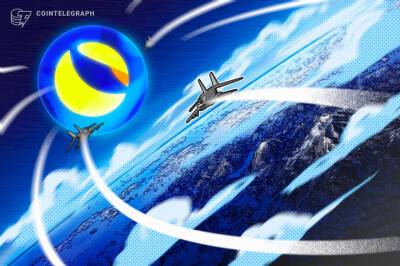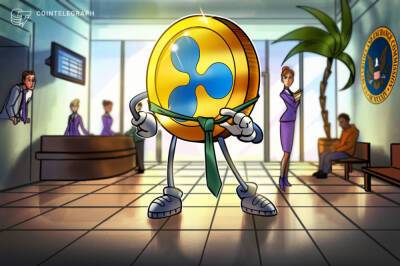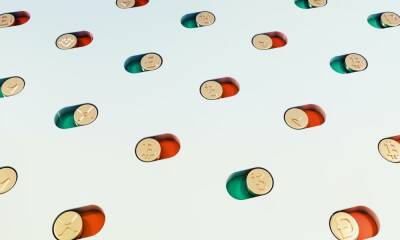Fertiliser prices hit new highs as multiple problems affect global supplies
Fertiliser prices have broken new records as global supplies are hit by multiple factors including reduced supplies from Russia and Belarus, disruptions to the supply chain, a China export ban and a Canadian rail strike.
“It’s a series of events we’ve never seen before and it continues to look like it’s going to get worse than better,” said Josh Linville, the director of fertiliser at the US commodity trader StoneX. “People thought the Russia-Ukraine war would be quick and Russia would be back out in the market and that’s not been the case.”
Prices for raw materials that make up the crop nutrient commodity market – ammonia, nitrogen, potash, urea, phosphates, sulphates and nitrates – have risen 30% since the start of the year, and are now higher than the levels reached during the food and energy crisis when prices jumped in 2008, according to CRU, a UK-based commodity consultancy.
Prices of Nola urea, one of the easiest fertiliser commodities to track, is trading at a 34-year high of $880 a US ton – in 2020 the price was $182. Prices are up 60% since Russia’s invasion of Ukraine on 24 February.
Linville said he was now witnessing grain prices moving in response to fertiliser prices, not vice versa. “It’s something we’ve never seen before,” he said. “It’s new territory for everybody who has ever been in this market.”
Grain prices have been volatile since Russia’s invasion of Ukraine as importers are heavily reliant on supplies shipped from the Black Sea region.
Russian fertiliser companies have not been hit with sanctions, through a number of Russian executives connected to the industry have been placed on sanctions lists. The country’s industry and trade ministry on 4 March recommended that its producers temporarily halt
Read more on theguardian.com





















